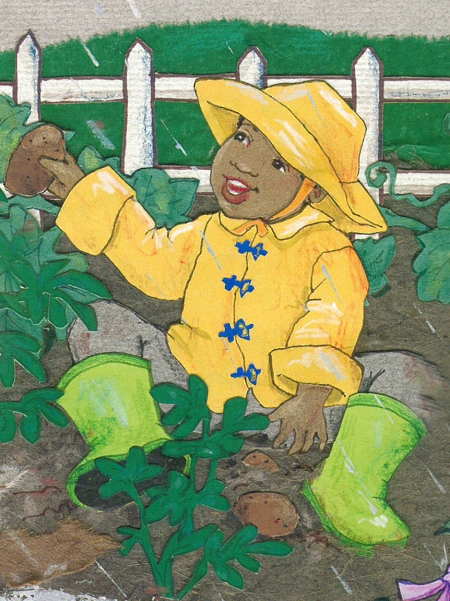It’s not easy to create an inclusive book collection. Whether you’re a librarian creating a collection for an entire community, a teacher creating a collection for your classroom, or a parent creating a collection for your children, choosing books that reflect the diversity of human experience can be a challenging job.
That’s because creating a diverse book collection is about more than just making sure X, Y, and Z are represented. It’s not a matter of ticking off check boxes or making sure quotas are filled. For those committed to doing it right, building a diverse book collection requires contemplation, research, and awareness. But the rewards are great: a truly diverse collection of books can turn children into lifelong readers and promote empathy, understanding, and self-confidence.

To make things a little easier, we’ve created a checklist to help.
Here are eight steps to all-inclusive reading: Continue reading →




